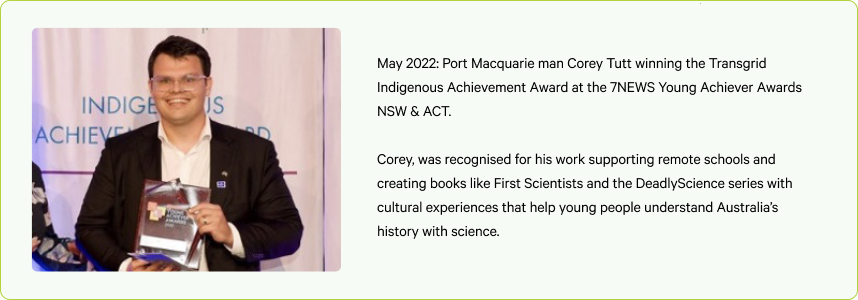The transition to a lower carbon future requires expanding our existing transmission network to ensure more renewable generation can connect to the system. We recognise the vital role that landowners and the community have as we plan and deliver our projects and network operations. We are dedicated to continuously improving our engagement to support our decision making and deliver community benefits.
In 2021, we established the Office of the Landowner and Community Advocate to represent the needs of landowners and communities affected by transmission projects, appointing former NSW Fair Trading Commissioner, Rod Stowe, as Advocate, reporting to our CEO and Board.
We are now re-setting our processes. This includes establishing independent Community Consultative Groups to provide local communities and landowners with a structured, ongoing engagement forum to provide input about our projects. We have also implemented a Landowner Assistance Program to provide confidential, independent support and counselling services to impacted landowners affected by Transgrid’s work - across all projects and maintenance activities.
This year, we participated in the #BetterTogether Landholder and Community Engagement initiative. We worked with a number of signatory partners and representatives from state and national landowner and farming groups to develop the Better Practice Landholder and Community Engagement Guide, which was launched with the National Farmers' Federation. The Guide helps transmission businesses and landowners navigate the processes of working together as we plan and deliver new assets.




